diabetic foot ulcer stages pictures
 Diabetic Foot Ulcers - Foot & Ankle - Orthobullets
Diabetic Foot Ulcers - Foot & Ankle - OrthobulletsDiabetic Ulcer (Neogenic Ulcer)Images of Neutrogenic Ulcer (Diebetic Ulcer)Overview Neurogenic ulcers, also known as diabetic ulcers, are ulcers that occur more commonly in the bottom of the foot. People with diabetes are predisposed to peripheral neuropathy, which implies a decrease or total lack of feeling in the feet. The feet are naturally stressed by walking, and someone who has decreased the feeling will not necessarily feel that they have an area of skin decomposition that occurs. Along with this lack or absence of sensation is a decrease in circulation at your feet too. The injured who do not get the right blood flow are not only slower to heal, but also at a higher risk of infection. A small cut, scraped or irritated area in a diabetic can become an ulcer for these reasons. It is common for these types of ulcers to continue to return on diabetic. Who's at risk? Approximately 15% of diabetics will be affected by neurogenic ulcers. The more serious or serious is a person's diabetes and the more out of control or higher your blood sugar, the more likely you develop ulcers. Other risk factors include obesity, heart disease and tobacco use. While neurogenic ulcers occur more often in diabetics, any condition that results in peripheral neuropathy predisposes a person to get them. Signs and Symptoms An ulcer is an open wound that can be deep enough that can be seen to the bone. The diabetic foot ulcers are commonly presented at the foot pressure points: the ball, heel and the foot side if a person's shoes are too tight. However, an ulcer can form anywhere that is cut or scratched if it is not cured properly. Self-care Guidelines The key is to prevent ulcer formation: When to Find Medical CarePeople can develop peripheral neuropathy without even being aware of it, so it is important that diabetics be examined by their doctor every 6 months. The doctor will use a special test, called a monofilament test, to evaluate the feeling on the feet. All ulcers should be treated. Also consult your health care provider if you feel a lack of feeling at your feet, there is some discoloration, pain, swelling, redness, wavy or fever. Neurogenic ulcers can lead to amputation if the care is delayed, so it is important that your doctor see it as soon as possible. Treatments Your doctor may prescribe In the case of a new ulcer, your doctor may want to take an X-ray of the area to make sure there is no infection (osteomyelitis), bone fracture or foreign objects that occur in the ulcer, as you do not feel them. Then the doctor will probably remove any dead tissue with a scalpel (debrid) from the area, revealing healthy skin. Although this will make the ulcer bigger in size and cause bleeding, it is important to have healthy tissue exposed for faster and cleaner healing. This will probably be done in the O.R. under anesthesia. After the surgery, make sure you follow the correct instructions on the care of the wounds, making sure you apply any medication and dressings as indicated. Your doctor may send a sample of skin or fluid for bacterial culture and start with oral antibiotics. It is very important to follow with your doctor as scheduled: neurogenic ulcers can get worse very quickly and need to be monitored closely. Be sure to call your doctor if you experience any of the following: redness of the area, red leg stretching, drainage of the area, pain, smell of fault, increased blood glucose, or swelling or redness of the upper part of the foot. Your doctor may make you use a special plaster that will allow you to remain mobile but take pressure outside the area. There are also medicines that use growth factors to stimulate wound healing that your doctor may prescribe. Trust linksReferences Levin ME: Pathogenesis and general handling of standing lesions in the diabetic patient. Levin and O'Neal's The Diabetic Foot. Bowker JH, Pfeifer MA (eds). St. Louis, CV Mosby, 6th Ed, 2001, pp 219-260© 2006 - 2021 Visual Dx. All rights reserved. The use of this site constitutes the acceptance of Skinsight's privacy policy and service conditions. The material on this site is for information purposes only, and is not a substitute for medical advice, diagnosis or treatment provided by a qualified health care provider.

Diabetic Foot Ulcer Causes, Symptoms, Treatment in Lubbock TX
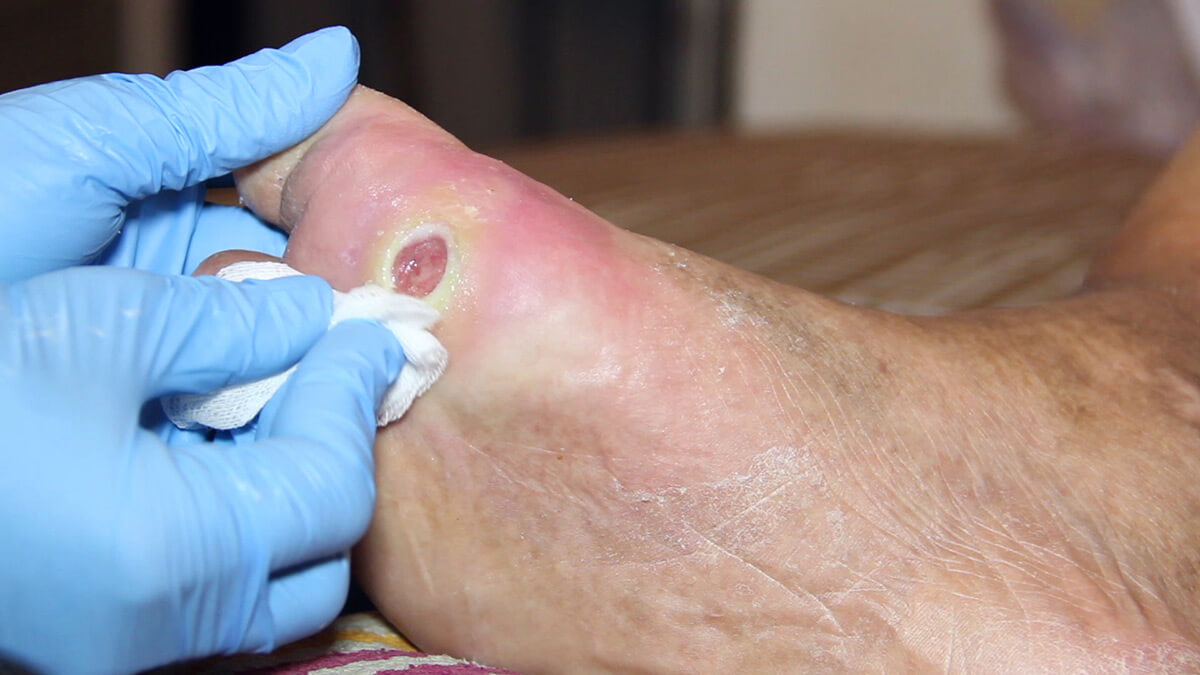
Diabetic Foot Ulcer and Wound

Identifying and treating foot ulcers in patients with diabetes: saving feet, legs and lives | Journal of Wound Care
What is the best way to treat diabetes foot ulcers? - Quora
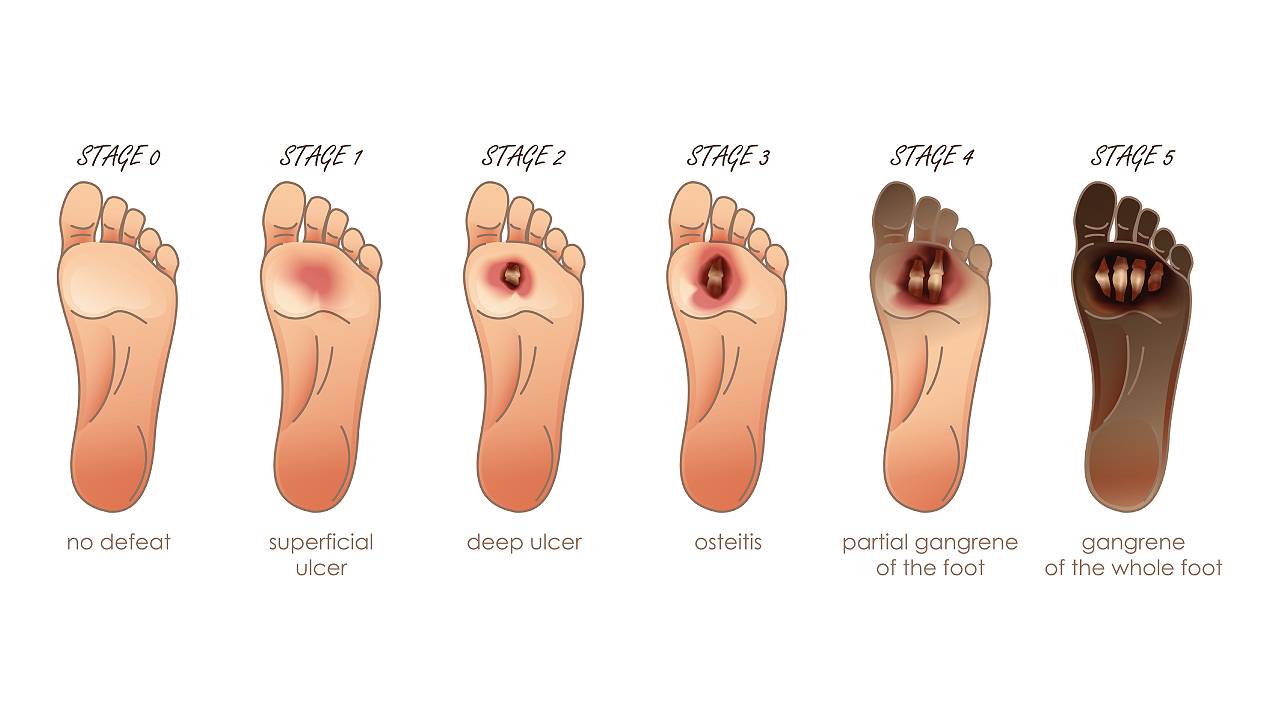
Diabetic Foot Ulcer and Wound
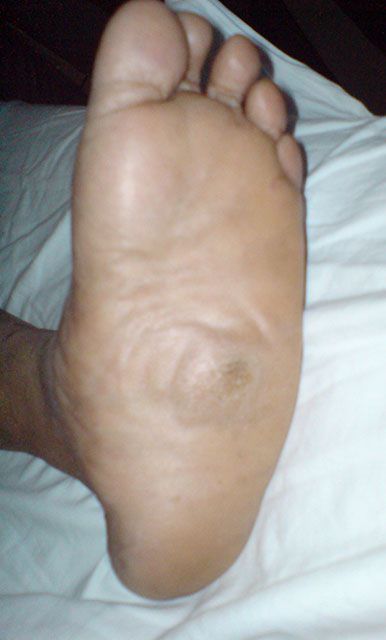
Diabetic Foot Ulcer Stages -Charcot foot - Podiatry Doctor

Diabetic Foot Ulcers: Why You Should Never Ignore Them – Health Essentials from Cleveland Clinic
Assessment of a diabetic foot ulcer includes not only a description of... | Download Scientific Diagram

a-e An 85-year-old woman with Wagner grade 5 diabetic foot ulcer. She... | Download Scientific Diagram
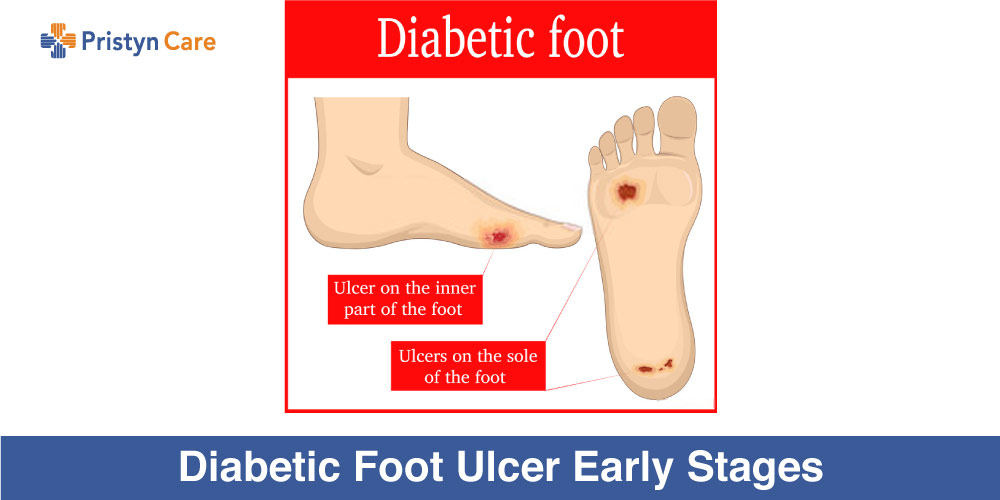
Diabetic Foot Ulcer Early Stages - Pristyn Care

Wagner Classification of Diabetic Foot Ulcers | Ulcers, Diabetic feet, Diabetes
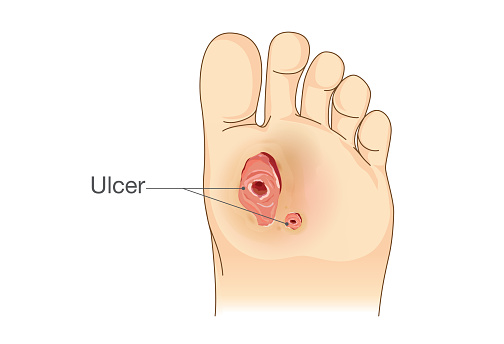
Foot Ulcers - Harvard Health
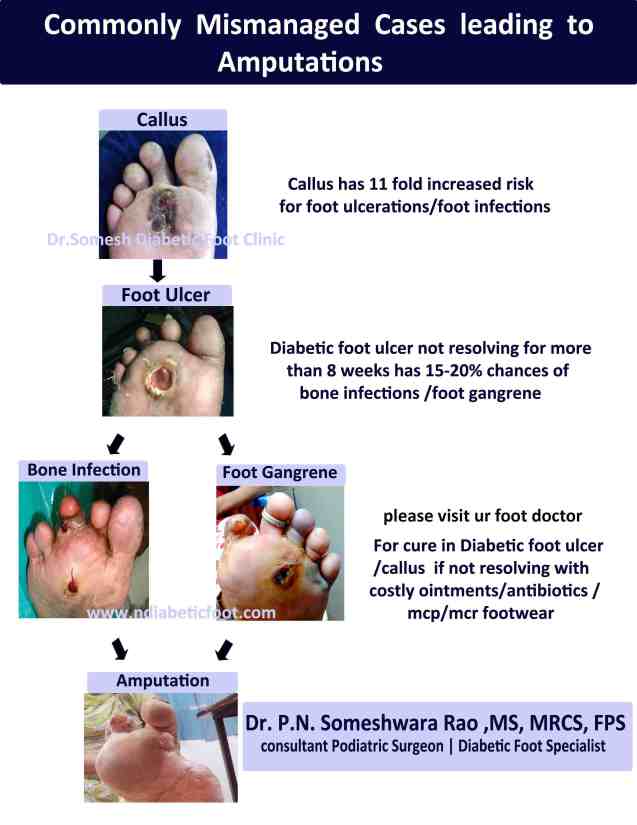
Diabetic Foot Ulcer Stages 2nd MTP region - Podiatry Doctor

Patient Education - Diabetic Foot Ulcer

Primary Care Reports – Preventing Diabetic Foot Ulceration in Primary Care – Dermatonics by Global Business Media - issuu

The Most Beneficial Diabetic Wound Care – Makari Wellness

Diabetic Foot Ulcer Therapeutics - Key Players Analysis

Diabetic Foot Ulcer Stages | Pressure ulcer, Pressure ulcer staging, Wound care nursing
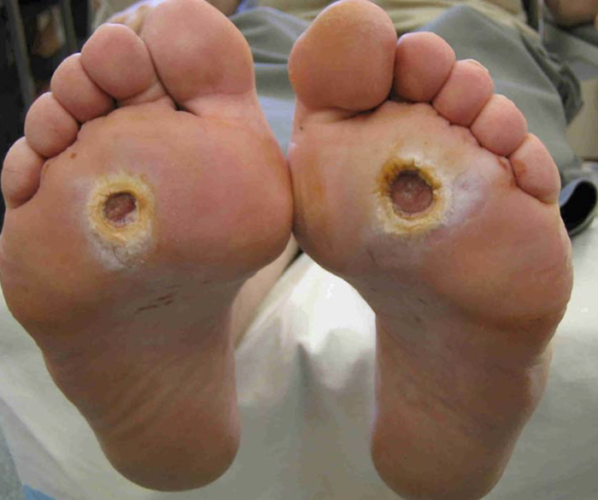
Penn State Researchers Develop Topical Treatment for Diabetic Wound Healing - Invent Penn State
Diabetic Foot Ulcer 3.2 X or 3.6 X more likely if low vitamin D – meta-analyses 2019 | VitaminDWiki

Diabetic Foot Explained | Ausmed

Role of growth factors and cytokines in diabetic foot ulcer healing: A detailed review | SpringerLink
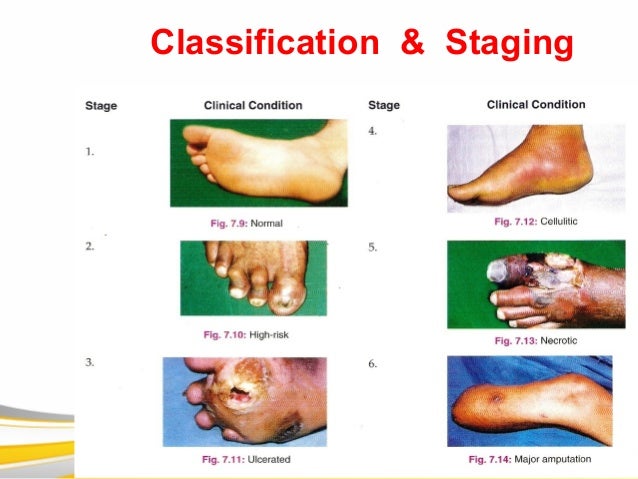
Diabetic foot

Classification of Diabetic Foot Ulcers | WoundSource

Diabetic Foot Ulcer Stage 1 (Page 1) - Line.17QQ.com

Identifying and treating foot ulcers in patients with diabetes: saving feet, legs and lives | Journal of Wound Care
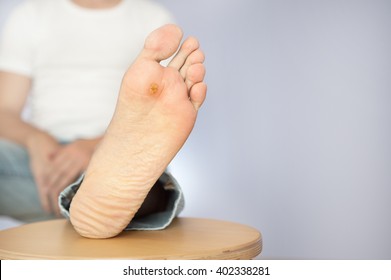
Foot Ulcer HD Stock Images | Shutterstock

Nursing care for diabetic toe ulcers: A case series report and literature review - ScienceDirect
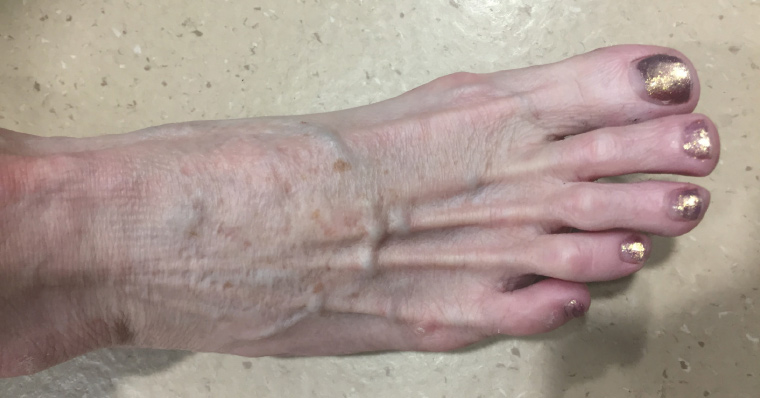
RACGP - Diabetic foot ulcer

How to Care for a Diabetic Foot Ulcer? - The Care Issue
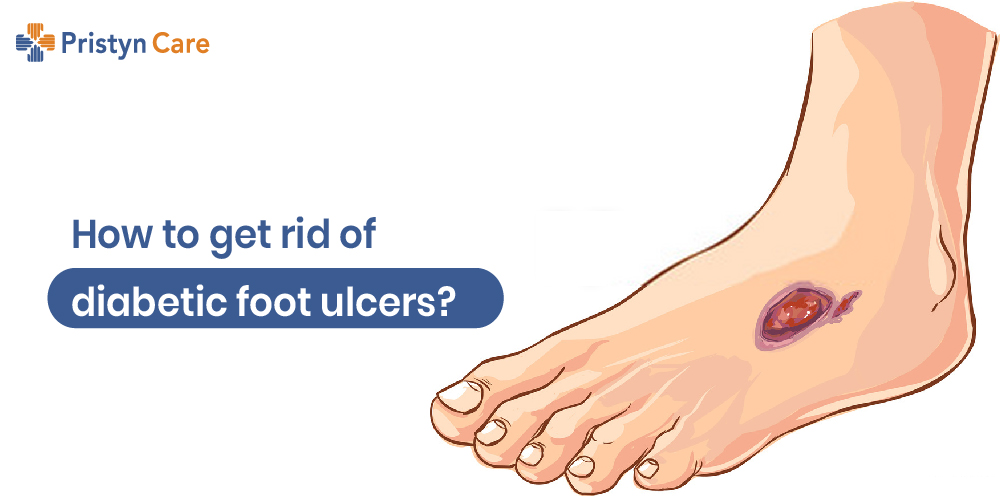
How To Get Rid Of Diabetic Foot Ulcer? - Pristyn Care

Diabetic Foot Ulcers — Treatment and Prevention | IntechOpen
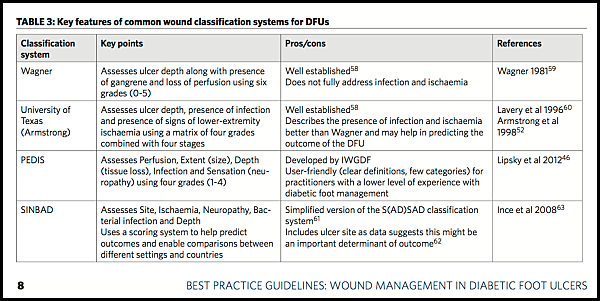
Diabetic Foot Ulcer Classification Systems | How to Classify Ulcers
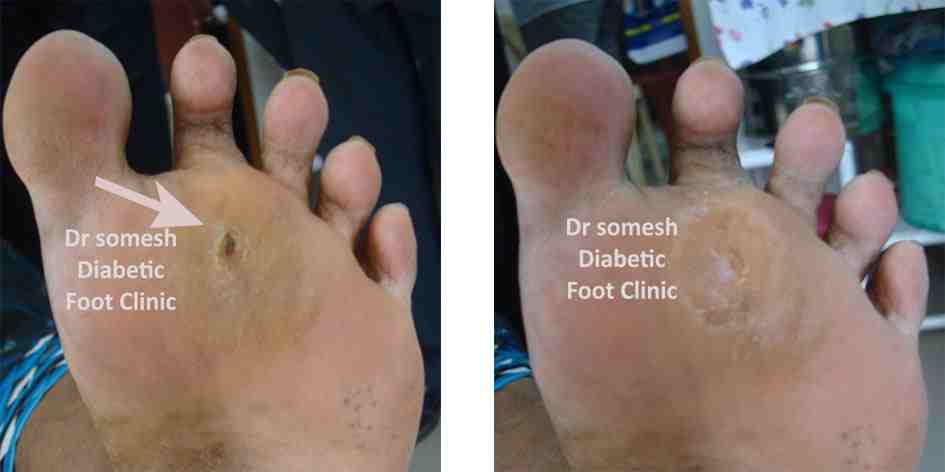
Diabetic Foot Ulcer Stages 2nd MTP region - Podiatry Doctor

Diabetic Foot Ulcer | MEDcraze

Diabetic Foot Ulcer Causes, Symptoms, Treatment in Dallas, Plano & Prosper
Diabetes Foot Problems Are Common - LoveSoks

An update on potential biomarkers for diagnosing diabetic foot ulcer at early stage - ScienceDirect
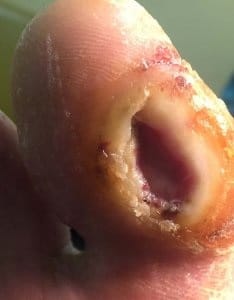
Diabetic Foot Ulcer on the Big Toe, Stages of Healing - Beaver Valley Foot Clinic

Diabetic Foot Ulcers and Their Recurrence | NEJM
Posting Komentar untuk "diabetic foot ulcer stages pictures"